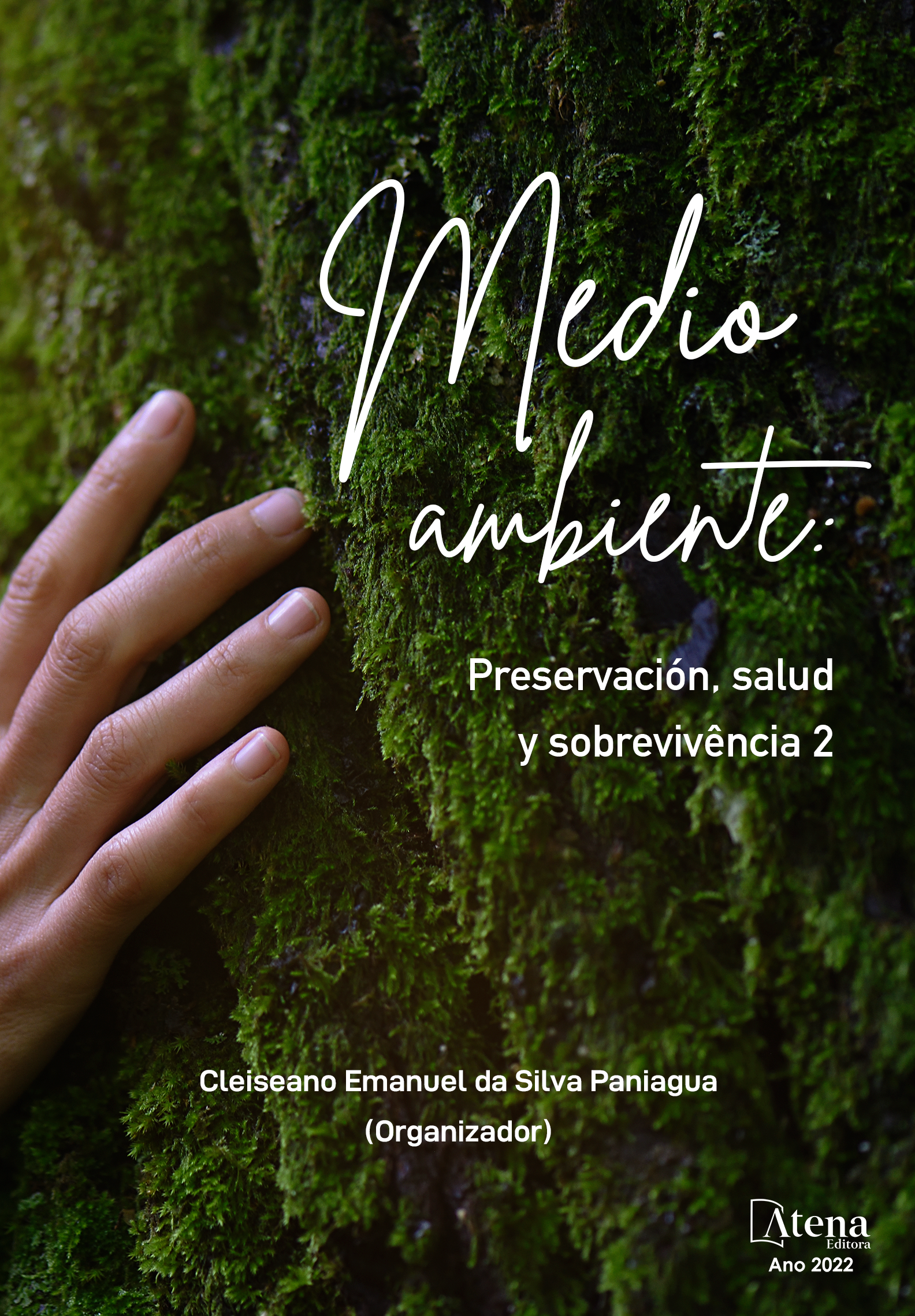
ESTUDO DO ESTRATO HERBÁCEO-SUBARBUSTIVO E BANCO DE PLÂNTULAS DE FRAGMENTO FLORESTAL, SOROCABA (SP), COMO SUBSÍDIO PARA PROJETO DE RESTAURAÇÃO
A comunidade do sub-bosque de uma floresta é composta por indivíduos de diferentes hábitos, além do estrato herbáceo–subarbustivo há o banco de plântulas que é fundamental para a perpetuação das comunidades arbustivo-arbóreas, sendo representado em regiões tropicais por um elevado número de indivíduos, servindo como um banco genético de reserva, dos quais muitos não conseguirão atingir os estratos superiores. Junto com a chuva de sementes, essas duas estratégias evolutivas de regeneração natural estão muito presentes em florestas do Brasil. Embora seja considerada plântula somente o indivíduo de espécie arbórea, nessa pesquisa optamos por buscar, além das arbóreas, espécies que possuem outros hábitos como gramíneas, trepadeiras, orquídeas e espécies arbustivas, para melhor entender a fitossociologia presente no solo desse fragmento. Em 4 parcelas permanentes de 200m2/cada onde se tem identificadas todos os indivíduos adultos arbóreos, montou-se 10 subparcelas/cada de 0,25 m2/cada onde foram quantificados todos os indivíduos jovens arbóreos como também os de diferentes hábitos que compõem a cobertura do solo. Após identificação as espécies do sub-bosque foram comparadas com as espécies arbóreas da parcela determinando porcentual de indivíduos alóctones e autóctones. Foram determinados para cada subparcela: riqueza, abundância, densidade, frequência absoluta e relativa, hábitos de vida. Foram identificados 419 indivíduos, nos diferentes hábitos. Cada parcela apresentou uma porcentagem diferente de plântulas de arbóreas P1=24%, P2=34%, P3=57% e P5=4%. Nesta última o banco de plântulas menor do que nas outras parcelas é reflexo da presença de espécies volúveis e seu histórico de degradação.
ESTUDO DO ESTRATO HERBÁCEO-SUBARBUSTIVO E BANCO DE PLÂNTULAS DE FRAGMENTO FLORESTAL, SOROCABA (SP), COMO SUBSÍDIO PARA PROJETO DE RESTAURAÇÃO
-
DOI: 10.22533/at.ed.7052222076
-
Palavras-chave: Banco de plântulas. Regeneração Natural. Fragmento Florestal.
-
Keywords: Seedling bank. Natural regeneration. Forest Fragment.
-
Abstract:
The understory community of a forest is composed of individuals with different habits, beyond the herbaceous-subshrub stratum, there is the seedling bank which is fundamental for the perpetuation of arboreal and shrub communities, being represented in tropical regions by a high number of individuals, acting as a backup gene bank, of which many will not reach superior stratum. Combined with seed rain, these two evolutionary strategies of natural regeneration are highly present in Brazil’s forests. Although only arboreal species are considered seedlings, in this study we choose to examine, in addition to the arboreal ones, plants with other habits, such as grasses, climbers, and shrubs species, to better understand the fragment’s phytosociology. In four plots of 200 m²/each where all adult arboreal individual is identified, we put ten subplots in each plot, with 0,25 m²/each, where all individuals were quantified. After identification, species of the understory were compared with the arboreal one of the matching plots, determining the percentage of allochthonous and autochthonous individuals. In each subplot, we determined richness, abundance, density, absolute and relative frequency, and life habit. It was identified 419 individuals with different life habits. Each plot exhibits a different percentage of arboreal seedlings P1=24%, P2=34%, P3=57%, and P5=4%. In this last plot, the seedling bank being smaller is due to the presence of voluble species and a history of degradation.
-
Número de páginas: 15
- Zanardo, Jaqueline
- Almeida, V.P
- Guilherme Mugnaini


